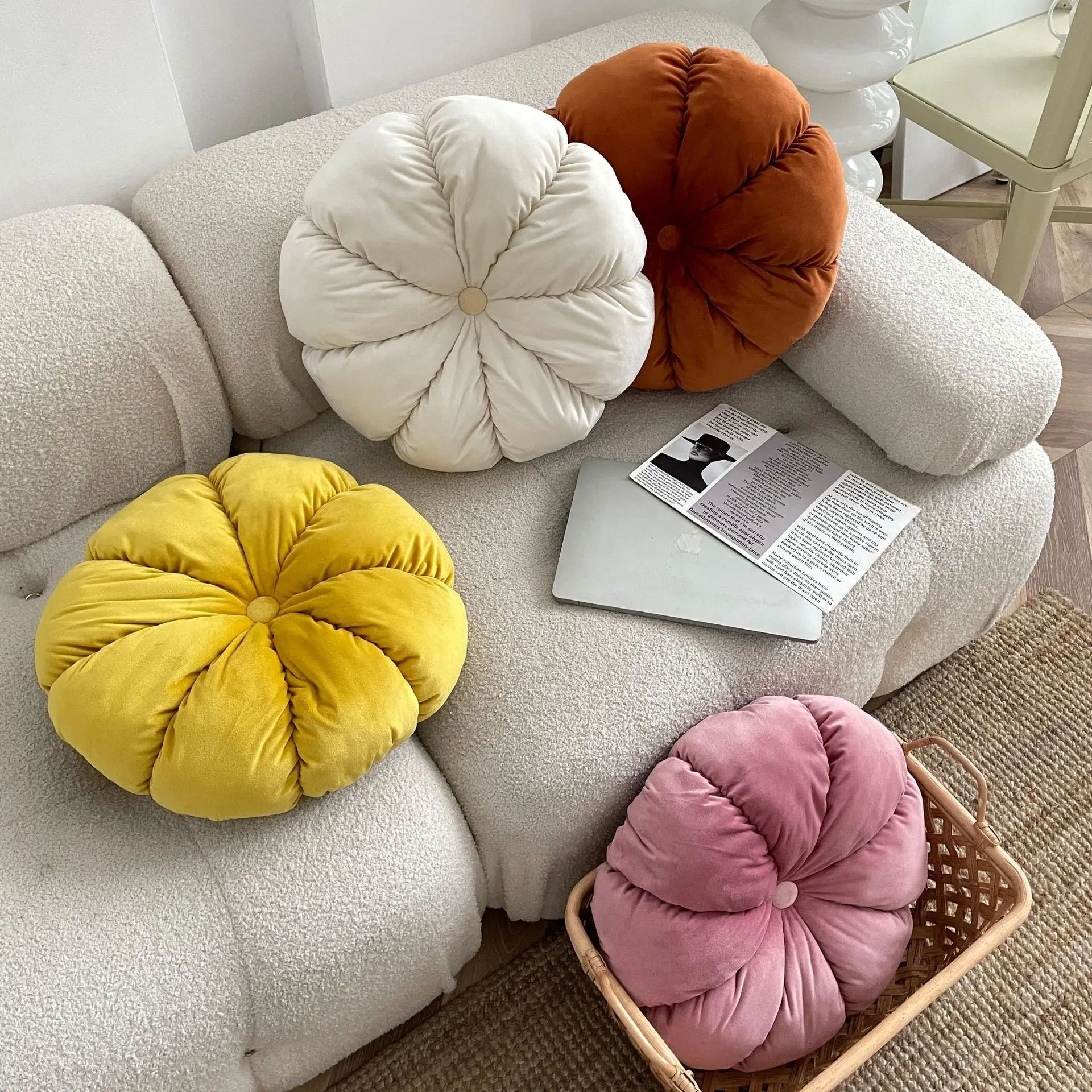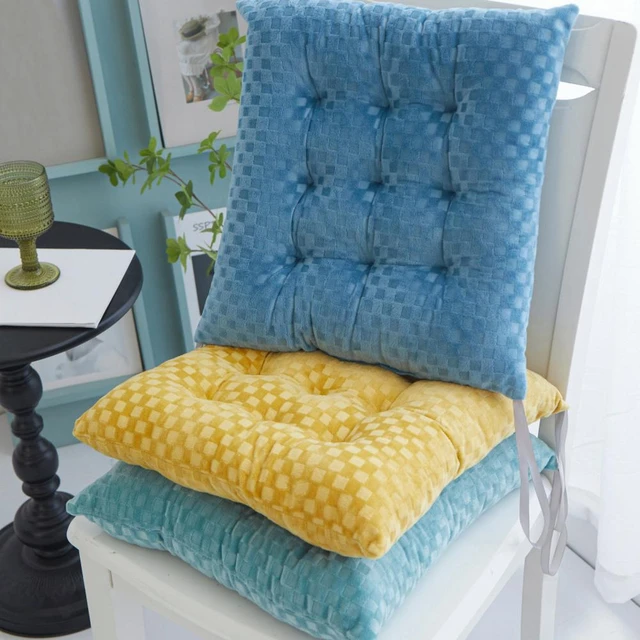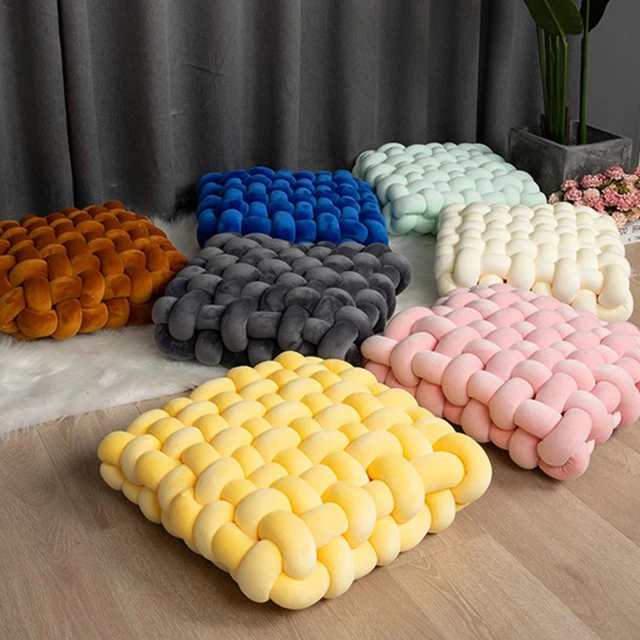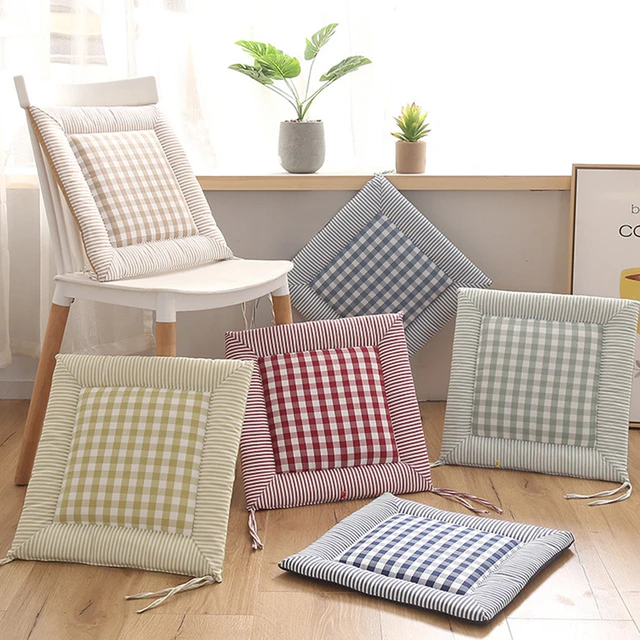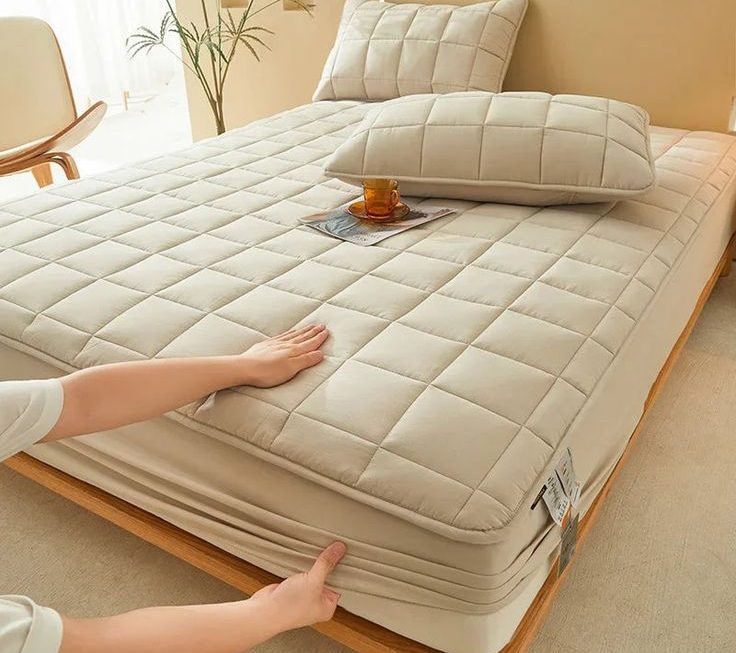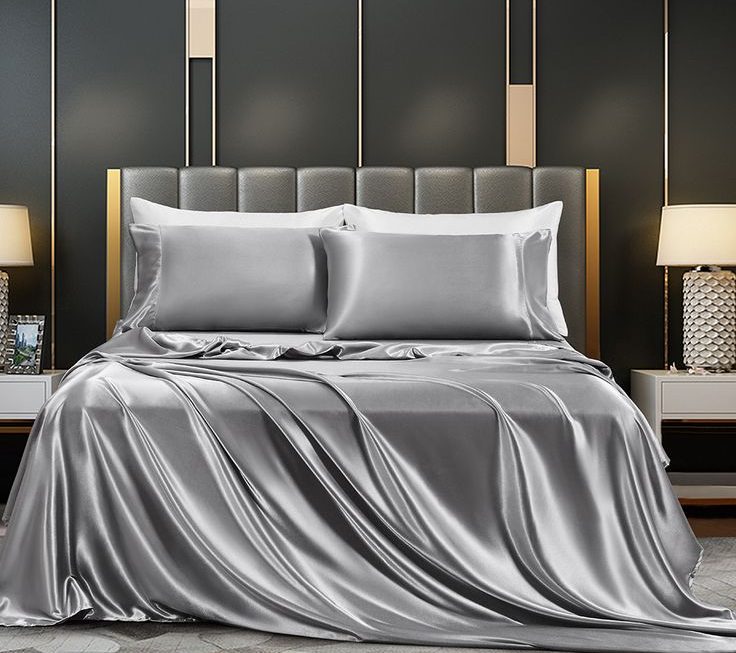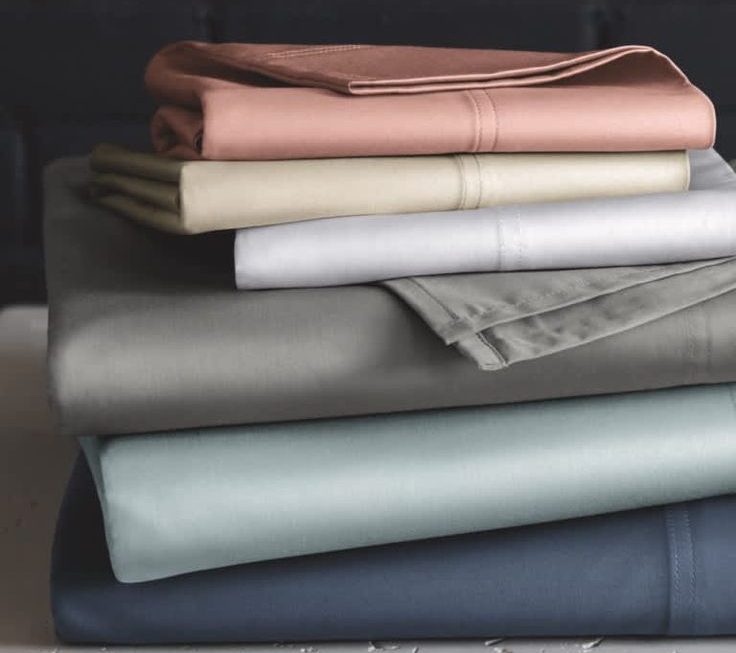Introduction:
Making your own seat cushions is a rewarding DIY project that allows you to customize the comfort and style of your seating area. Whether for chairs, benches, or window seats, seat cushions can add a touch of coziness and personalization to your home decor. In this comprehensive article, we will provide a step-by-step guide on how to make seat cushions from scratch. By following these simple instructions, you can create comfortable and stylish seat cushions that perfectly fit your furniture and reflect your unique taste.
Types, Materials, and Styles of Seat Cushions:
When making seat cushions, there are various types, materials, and styles to consider. The type of cushion, the materials used, and the style chosen will impact the comfort, durability, and aesthetics of the finished product. Here are some common types, materials, and styles of seat cushions:
Types of Seat Cushions:
Square or Rectangular Cushions:
These cushions have straight edges and are commonly used for chairs, benches, or dining seats. They provide a classic and versatile option for various seating arrangements.
Round or Circular Cushions:
Round cushions are often used for stools, bar seats, or seating arrangements that require a curved or circular shape. They add a softer and more playful touch to the seating area.
Box Cushions:
Box cushions have a more structured and tailored appearance. They have distinct corners and provide firm support. Box cushions are commonly used for window seats, benches, or furniture with built-in seating.
T-Cushions:
T-cushions have a unique shape that extends beyond the arms of a chair or sofa, resembling a “T.” They offer a relaxed and casual look and are commonly used in furniture with a more traditional or transitional style.
Materials for Seat Cushions:
Foam:
Foam is a popular choice for seat cushions due to its comfort and support. High-density foam provides firmness, while memory foam offers added softness and contouring.
Polyester Fiberfill:
Polyester fiberfill is a lightweight and affordable material commonly used for seat cushions. It provides a soft and comfortable seating surface but may require occasional fluffing to maintain its shape.
Down and Feather:
Down and feather-filled cushions offer a luxurious and plush seating experience. They are known for their softness and ability to retain their shape over time.
Latex:
Latex cushions are made from natural or synthetic latex. They offer durability, resilience, and excellent support for prolonged sitting.
Styles of Seat Cushions:
Knife-Edge Cushions: Knife-edge cushions have a simple and streamlined appearance with a single seam along the edges. They offer a versatile style suitable for various furniture designs.
Boxed Cushions: Boxed cushions have a clean and squared-off appearance with distinct corners. They are commonly used in modern and contemporary designs.
Piped or Welted Cushions: Piped or welted cushions feature a decorative cord or fabric trim along the edges. This style adds a tailored and finished look to the cushion.
Tufted Cushions: Tufted cushions have buttons or stitches that create a pulled or tufted appearance on the cushion surface. This style adds an elegant and sophisticated touch to the seating area.
Patterned or Printed Cushions: Patterned or printed cushions feature various designs, colors, and patterns. They add visual interest and can be used to create a focal point or enhance the overall decor theme.
When making seat cushions, consider the type of cushion that suits your furniture and seating needs. Additionally, choose the right materials for optimal comfort and durability. Lastly, select a style that complements your overall decor style and personal preferences. By considering these factors, you can create seat cushions that enhance the comfort, function, and aesthetic appeal of your seating area.
Measure and Gather Materials:
Measure the dimensions of the seating area where the cushions will be placed. Note the length, width, and thickness required for your cushions.
Gather materials such as foam or padding, fabric, thread, a sewing machine or needle, scissors, measuring tape, and a zipper or closure option (if desired).
Choose the Right Foam or Padding:
Select foam or padding that suits your desired level of comfort. Consider options like high-density foam for firm cushions or memory foam for added softness and contouring.
Cut the Foam or Padding:
Using the measurements obtained earlier, carefully cut the foam or padding to the desired size and shape using a sharp knife or scissors. Ensure the foam fits snugly within the seating area.
Create a Fabric Template:
Lay the foam or padding on a large piece of paper or fabric. Use a marker or chalk to trace around the foam, adding extra allowance for seam and thickness.
Cut the Fabric:
Use the fabric template as a guide to cut two pieces of fabric for the top and bottom of the cushion. Cut a separate strip of fabric for the sides, ensuring it is long enough to wrap around the thickness of the foam.
Sew the Fabric:
Place the two fabric pieces for the top and bottom of the cushion together with their right sides facing each other. Pin the edges in place to secure.
Sew along the edges, leaving one side partially open to insert the foam. Use a sewing machine or hand stitch with a needle and thread.
Repeat the process with the fabric strip for the sides, sewing the shorter edges together to form a loop.
Attach the Sides:
Align the open side of the fabric loop with the remaining open side of the top and bottom fabric pieces.
Pin the edges together, ensuring the right sides are facing each other.
Sew along the edges, joining the sides to the top and bottom fabric pieces. Leave a small opening to insert the foam.
Insert the Foam:
Carefully insert the foam or padding through the opening, making sure it fits snugly into the fabric cover.
Use your hands to push the foam into the corners and ensure an even distribution within the cover.
Close the Cushion:
Complete the sewing by closing the opening with a final seam. Use a sewing machine or hand stitch to secure the fabric together, ensuring a neat and secure closure.
Finishing Touches:
If desired, add a zipper or closure option to the cushion cover for easy removal and cleaning.
Trim any loose threads and give the cushion cover a final inspection for any adjustments or repairs.
Conclusion:
Making your own seat cushions is a fulfilling and creative project that allows you to customize your seating area with comfort and style. By following these step-by-step instructions on measuring, gathering materials, cutting, sewing, and finishing, you can create beautifully crafted seat cushions that perfectly fit your furniture and reflect your personal taste. Enjoy the satisfaction of DIY craftsmanship and the enhanced comfort and aesthetic appeal of your homemade seat cushions.
